An archipelago of stories
This Oct. 15 to 19, the Philippines is poised to unleash perhaps one of its most complex, and certainly the most multi-layered presentation of its culture on the international stage. That stage is none other than the Frankfurter Buchmesse which, since 1949, has been defining the globe’s publishing directions.
It is, bar none, the world’s biggest book fair, featuring the likes of Dan Brown (who launched the latest of his Da Vinci Code series there) and Margaret Atwood (who wrote the book that became the blockbuster The Handmaid’s Tale) but also Salman Rushdie (who survived the Ayatollah’s fatwah and lived to tell the tale in Frankfurt) and Angela Merkel (whose memoirs have hit no. 1 on the German bestseller charts).
To top it all off, the Philippines has been named the book fair’s Guest of Honor 2025, on which a giant spotlight will be thrown on its books, authors, and publishers.
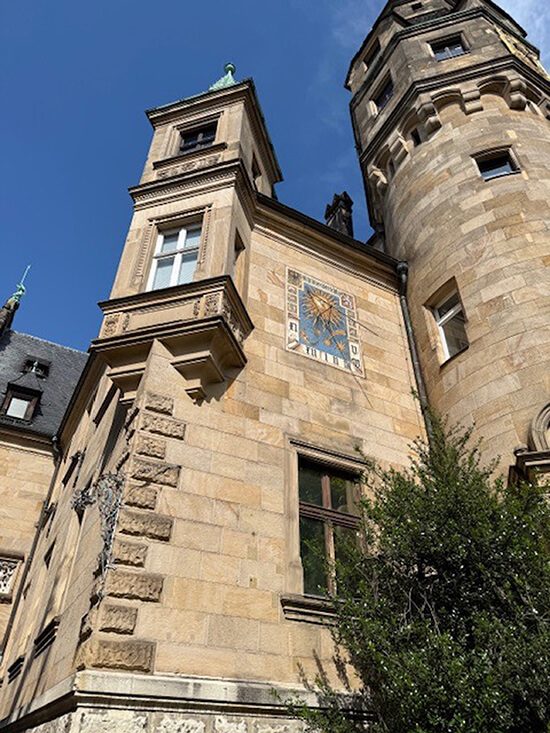
“It’s a one-time, big-time opportunity like no other,” exclaims Karina Bolasco, head of the Philippines’ Guest of Honor literary program and its curator for books. Karina is a bit of a legend in the country’s publishing, having steered Anvil Books from its inception in 1990 up to 2016. Under her stewardship, Anvil was named Publisher of the Year a record 11 times, and 205 of its titles won the National Book Award. (Not a bad batting average, considering Anvil was turning out up to 300 books a year at one time.) In 2017, she moved to the Ateneo de Manila University Press and continues to set records there as well.
Not surprisingly, she was named one of The Outstanding Women in the Nation’s Service—at the same time that Sen. Loren Legarda, then a broadcast journalist, was also recognized. “She was the youngest of all of us at the time,” Karina recalls. Nevertheless, Karina says, that connection “emboldened” her to seek the senator’s help more than a decade later. Karina was running a guerrilla operation for the National Book Development Board at the Frankfurt Book Fair. “We didn’t even have enough money to pay for the lights,” she recalls. “Our booth was the dimmest! We had only the most basic decorations. I remember we bought paper at a Frankfurt shop and wound up cutting banderitas ourselves!”
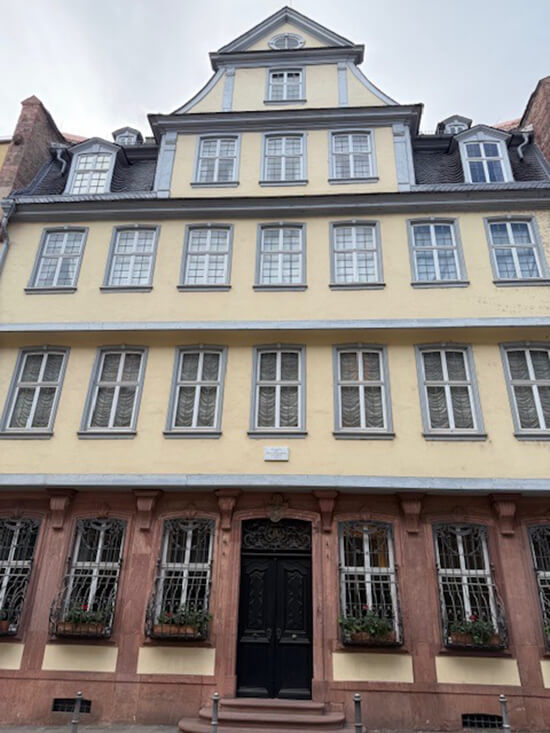
Desperate for funding but convinced of the fair’s importance, Karina went cap in hand to Loren’s office. She just missed the national budget allocation for 2016, but her old friend would make it up to her in the following years with increasingly strategic support and a dose of Legarda’s own famous persistence. Finally, after a decade of lobbying, the moment finally arrived that the Philippines met all the requirements to submit a bid as “Guest of Honor” at the prestigious fair.
This 2025, the Philippines returns with a vengeance: a 2,000-square-meter special pavilion featuring almost a thousand books plus a National Stand measuring another 300 sqm (the size of a good-sized BGC penthouse) filled with another 500-plus books.
The location is the mammoth Messe center, which is composed of several halls; the backdrop is Rizal’s Frankfurt, where he arrived in August 1886 after several months in nearby Heidelberg and Wilhelmsfeld.
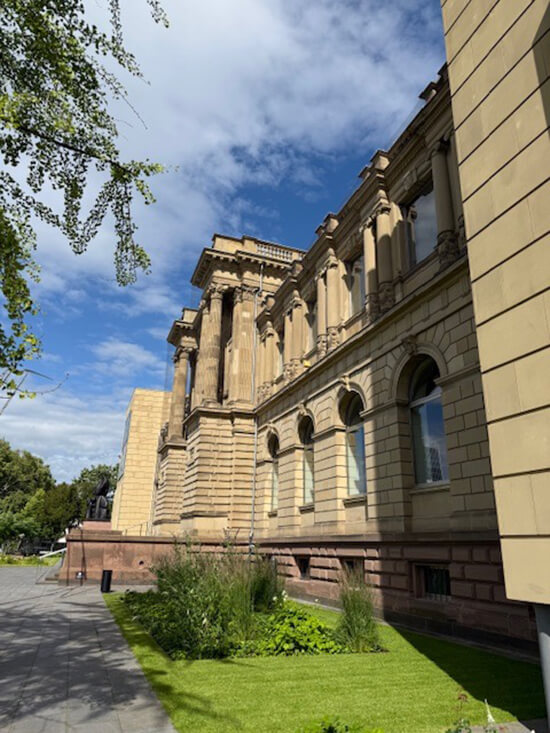
Frankfurt was established in the first century by the Romans, hit its stride as a medieval city and would become for a few glorious decades in the 19th century, the capital of Germany. Twenty years later, Jose Rizal would arrive and visit this city of Goethe and the second home of Gutenberg, both giants in the world of books and printing, perfectly apt for the Frankfurter Buchmesse. (Rizal would pay homage to both these beacons of the printed word on his trip.)
There are many delightful sights waiting to be discovered in Frankfurt that Rizal enjoyed: from the imposing Staedel Museum (a pocket storehouse of treasures), the Liebieghaus sculpture museum which features “Ariadne Astride a Panther” by Johann Heinrich von Dannecker, said to be the most famous marble work of the Victorian age, as well as the gardens and glass hothouse of the Palmengarten. (Not to fret, historical author Ambeth Ocampo is scheduled to conduct a special walking tour of these places in October during the fair.)
A wonderful range of books, from the icons such as Nick Joaquin and F. Sionil Jose and Butch Dalisay, as well as a next generation of writers such as Candy Gourlay and Blaise Gacoscos, has already reaped German translations and very positive reviews.
The Philippine pavilion, designed by industrial designer Stanley Ruiz, takes inspiration from the Guest of Honor theme “Imagination peoples the air,” a line from Rizal’s Noli.
Meant to capture Legarda’s vision of an “archipelago of stories,” Ruiz has conjured up seven separate bamboo pods covered with a translucent material. “The translucence is an expression of the quality of imagination,” Stanley explains. With Rizal as its touchstone, references to his childhood parable of the moth to a flame, as well as his love of kite-flying are also included.
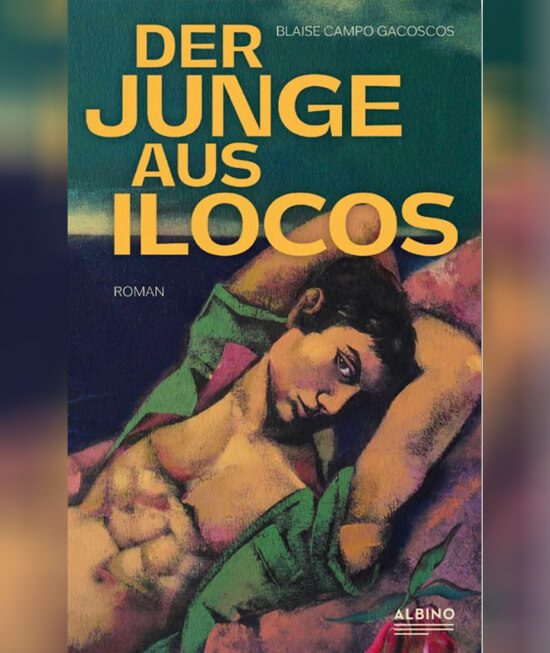
A wonderful range of books, from the icons such as Nick Joaquin and F. Sionil Jose and Butch Dalisay, as well as a next generation of writers such as Candy Gourlay and Blaise Gacoscos, has already reaped German translations and very positive reviews.
Gourlay and Gacoscos exemplify both ends of the authors’ spectrum that will be represented in the fair: Candy is the more seasoned writer while Blaise has just completed his first novel; she lives in London, he in Manila. Both their works are extraordinary accounts of the Filipino experience.

Gourlay’s Wild Song—the story of an Igorot child taken to the St. Louis World’s Fair of 1904—is an astonishing fragment of real Filipino history interwoven with the clarity of an unblemished mind.
Blaise Gacoscos, on the other hand, explores the secrets and struggles of a young man in Kites in the Night.
But clearly, the intent of the Philippines as Guest of Honor at the Frankfurt Book Fair is much more than just selling more books. While it’s true that Philippine book sales have hit almost P15 billion in 2024, with the number of titles rising by 26 percent from 2023 to 12,000, Karina says that more needs to be done.
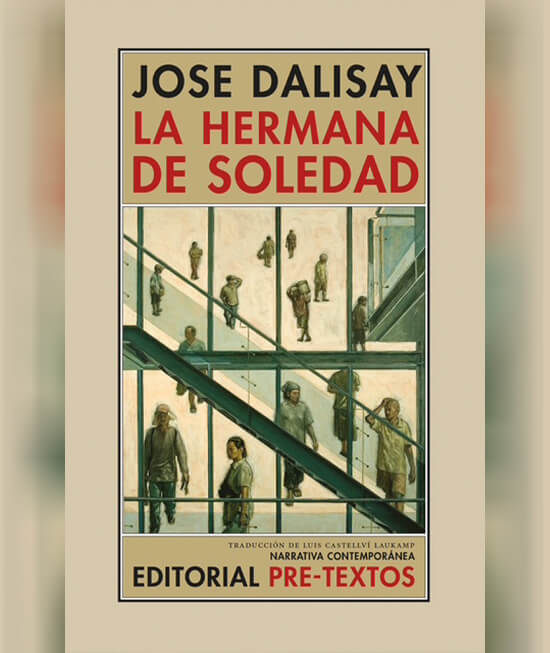
Rizal, of course, is the Philippines’ best-selling author (probably ranking just behind the Bible of all things), thanks to the law that mandates reading the Noli in the third year of high school and the Fili in the fourth. “It was important that we featured an author that the nation reads,” explains Patrick Flores, curator for the Philippines Guest of Honor experience.
Flores is careful to add that the intent is to make this experience “an intellectual exercise that goes beyond marketing or empty jargon.” He is famous for framing exciting, if difficult, themes in his curations for the National Gallery of Singapore. What we see here, he adds, is an extension of Senator Legarda’s first support of the Philippines in the Venice Biennale. “She always asks the challenging questions, such as why does a country like the Philippines, with 115 million people not have representation in such important cultural events? Filipinos do have a story to tell.”
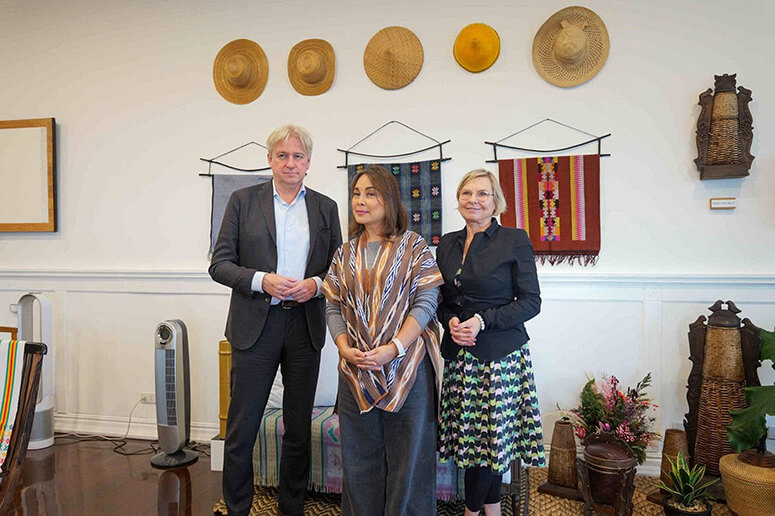
And those stories will be told in various locations in and around the host city: a broad spectrum that includes such gems as an exhibition of tribal artifacts entitled “Pieces of Life: A Philippine Collection” to be unveiled at the Volkerkundemuseum, Heidelberg and curated by Flores; “Last Call Manila, an evening with Jose Dalisay” at the Frankfurt Instituto Cervantes; film showings called A Philippine Season by Kidlat Tahimik and Nick Deocampo at the Frankfurt Film Museum; a children’s day with the Tales of Lola Basyang; collabs with Filipino and German graphic novelists and comic-creators, and the literature of the Philippine pasyon, to name just a very few.
Seventy-seven hourly talks in the literary program at the fair grounds cover Philippine history, the supernatural, the migrant exodus, as well as the Germans in the Philippines through the centuries.
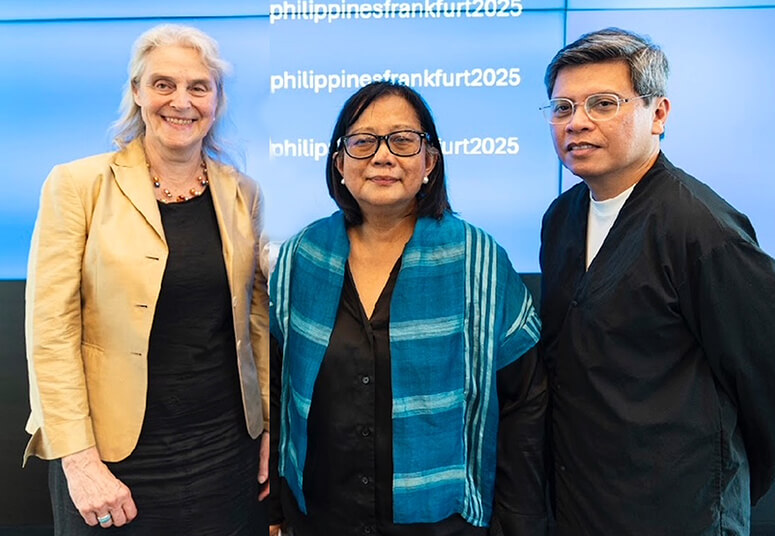
Thus, the objectives of the Philippines go beyond becoming a significant player in the regional publishing scene, but also to project its very identity on the broader Western market. There are three strategies to do this, says Karina: The first is to bring academic and scientific studies where the Philippines has a clear advantage to a more visible and larger field than traditional Asian and Philippine Studies networks; second, to focus on migrant Filipinos and the cultural practices they have taken with them and to bring the diaspora into focus; and third, to use a variety of creative products to be the vessels of Filipino stories. These include, says Karina, the whole gamut of writing from fiction and non-fiction, romance, young adult, graphic novels, both printed and online. The endgame is to shape a public diplomacy project that brings significant cultural exchanges, she emphasized.
It will be an open invitation to decipher and decode the best of Filipino culture.


